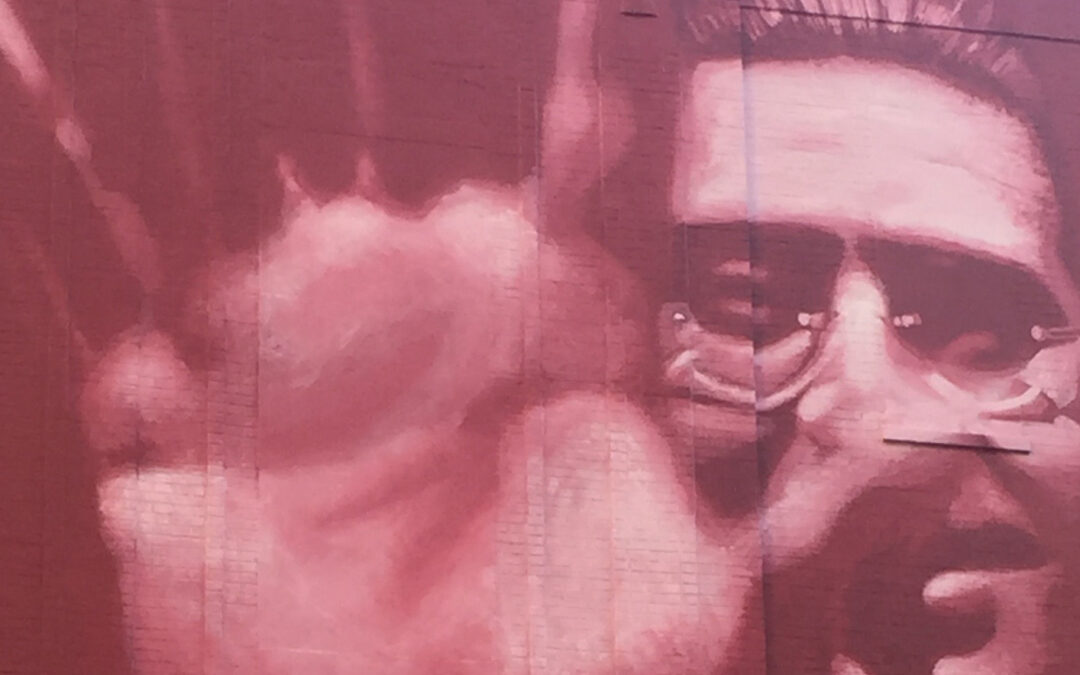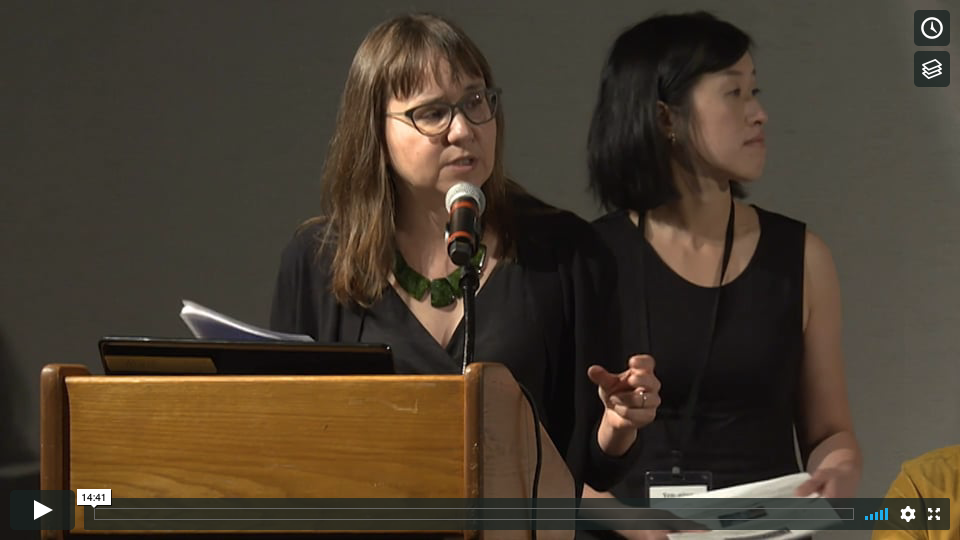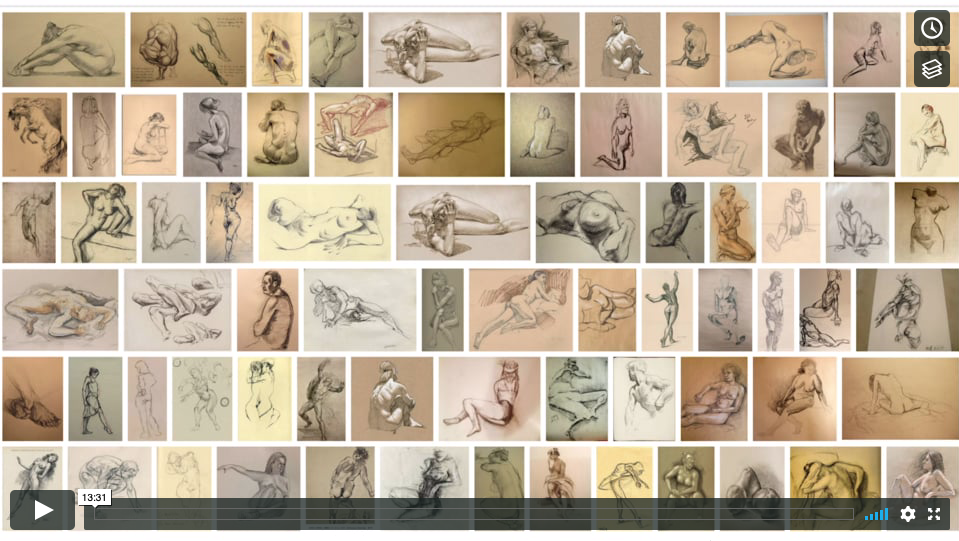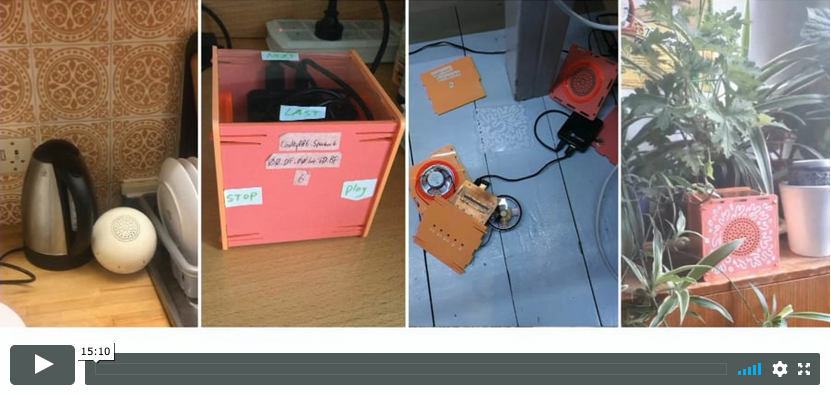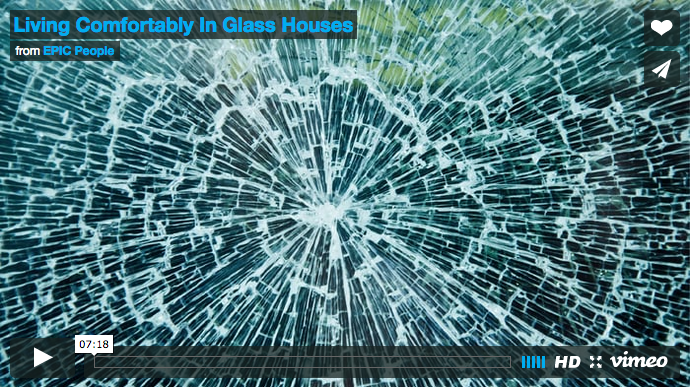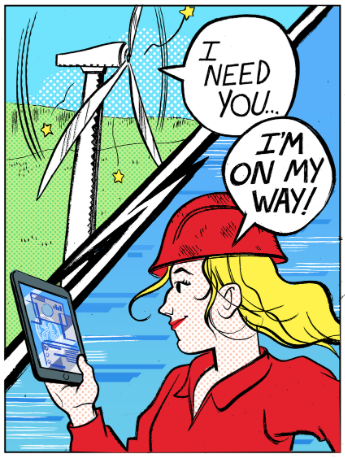Article 4 in the series Data, Design and Civics: Ethnographic Perspectives On April 1, Secretary of Defense Ashton Carter announced a $317 million federally funded initiative in textile innovation and manufacturing—a national consortium of public and private organizations to be led by MIT. It’s...
